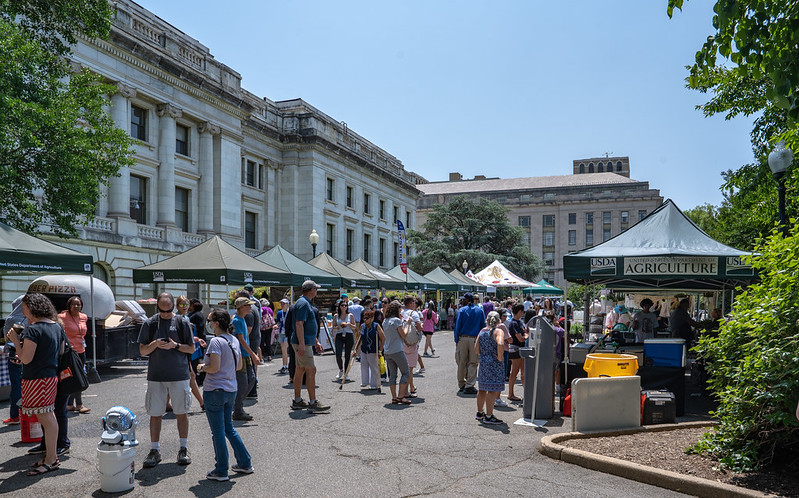As the U.S. Department of Agriculture celebrates Earth Day 2024 with communities across the nation and around the globe, we have an exciting opportunity to highlight the activities, tools and resources of the USDA International Climate Hub.
Secretary Vilsack announced the creation of the International Climate Hub in 2022 at the United Nations Climate Change Conference (COP27) in Egypt, demonstrating the Administration’s commitment to helping farmers, foresters and other land managers worldwide to mitigate the causes of climate change, adapt to the changing climate and ensure global food security.
The International Climate Hub provides a platform that enables agricultural communities worldwide to share research, tools, collaborative efforts and best practices. It builds on the success of USDA’s domestic climate hubs, which serve as the premier model for developing and delivering science-based, region-specific information and technologies to help land managers reduce risk, build resilience and enable climate-informed decision making.
Today, under the banner of Sustainably Cultivating the Future, the International Climate Hub will join various USDA agencies, the Xerces Society for Invertebrate Conservation and other partners for an Earth Day celebration on the National Mall from 11 a.m.- 3 p.m. Visitors will have the opportunity to view informational exhibits, attend discussions and participate in hands-on workshops and teaching moments in the USDA People’s Garden.
At the event, the International Climate Hub will shine a spotlight on the cross-border benefits of applied agroforestry best practices. Globally, agroforestry best practices integrate the cultivation and conservation of trees and shrubs into cropping or livestock systems, helping sequester carbon, combat soil erosion, provide habitat for wildlife and pollinators, improve water quality, and diversify farms and ranches.
"Trees have often been taken for granted in the Northeast, but now they stand out as one of the best ways to both adapt to climate impacts and mitigate greenhouse gases," says Suzy Hodgson, Sustainable Agriculture Outreach Specialist with the University of Vermont Extension, and the USDA Northeast Climate Hub. "Trees offer relief from the impacts of climate change we're experiencing in the Northeast while also sequestering and storing carbon above and below ground. Agroforestry practices yield multiple benefits to farmers. We are looking at trees in a new light and intentionally blurring the boundaries between forestry and agriculture for mutual benefit."
Through a partnership with Colorado State University, the International Climate Hub is helping global farmers visualize the impact of agroforestry on carbon sequestration and greenhouse gas emissions through the COMET Planner Global Tool. A recent update of the tool allows agricultural producers to better explore the potential benefits of agroforestry.
If you’re in Washington, D.C., today, pop on over to the National Mall and help us celebrate Earth Day and climate-smart agroforestry! You can find more details about the day’s events on our Earth Day page.

